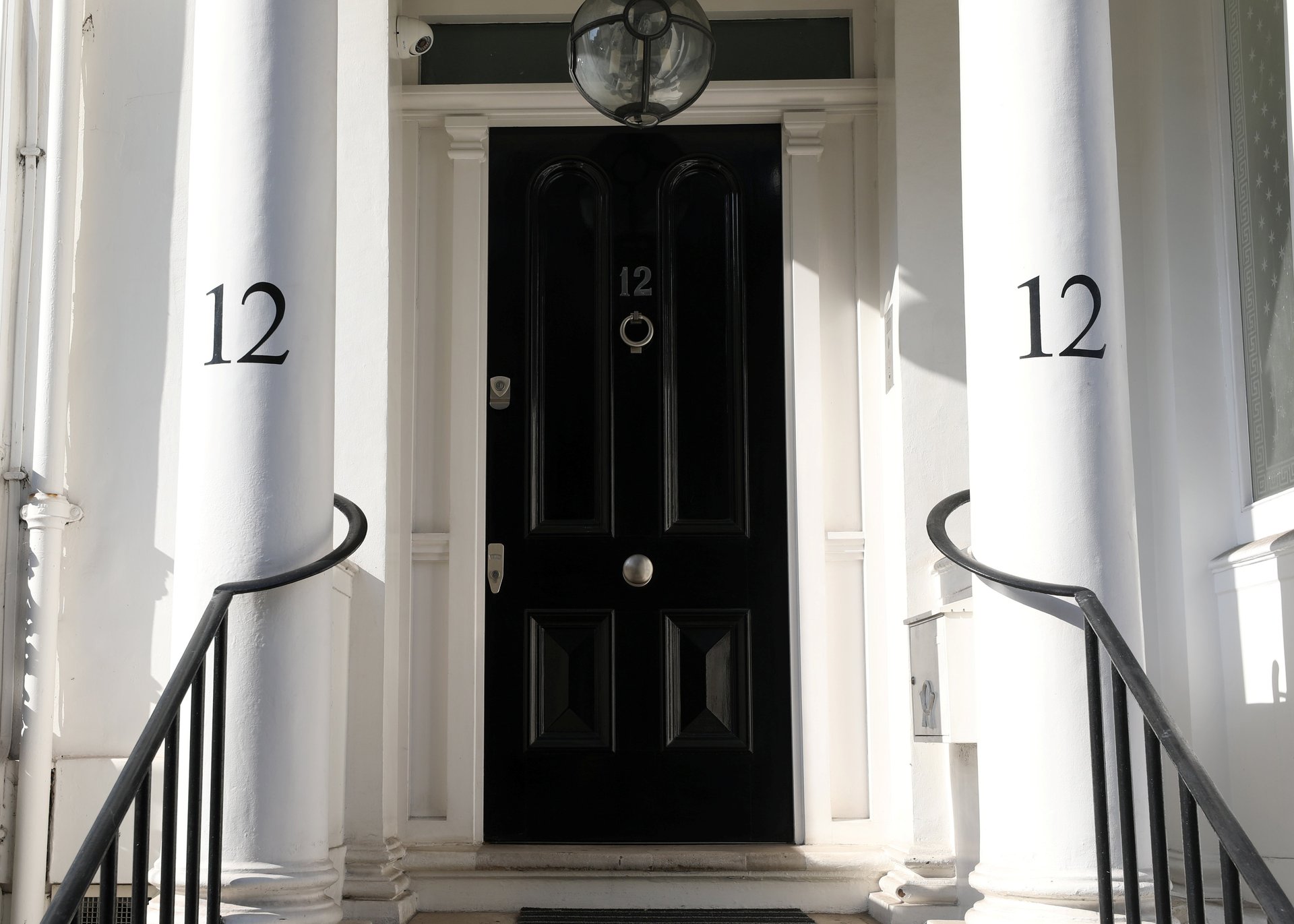The super-rich are gobbling up prime London properties at a rate not seen since Brexit
A new report notes the wealthy are using houses as a hedge against inflation

Everyone with a mortgage in London—and the rest of the UK—woke today (May 11) to the unwelcome news that interest rates, and therefore the cost of paying for their homes, are likely rising again. But as ordinary owners and renters struggle with high prices in the capital and elsewhere, the super rich have been shopping around the London real estate market at a rate not seen in years. More properties costing over £10 million ($12.6 million) were sold in the year to March 2023 than at any time since the UK’s vote to leave the EU wobbled markets in 2016.
Suggested Reading
In total, 161 “super-prime” properties costing over £10 million were sold in the year to March 2023, at a total spend of £3.1 billion ($3.9 billion), according to a Knight Frank report. Twenty-three of those cost more than £30 million ($37.8 million).
Related Content
It’s a big increase from the 144 transactions recorded in the previous year, and a high not seen since the period ending in March 2016, which saw the sale of 164 high-end properties. In June 2016, the UK voted to leave the European Union, which put a damper on a romping market for ultra expensive properties. In 2014/15, the super rich had spent £4.3 billion ($5.4 billion) on prime London property.
Who is buying luxury London properties, and why?
“After everything that has happened in recent years, London is still highly-regarded by global buyers,” said Paddy Dring, global head of prime sales at Knight Frank, which released today’s data. In other words, while Brexit created uncertainty and plenty of local headaches, London is still seen as a good investment by those who don’t necessarily live in the country.
Knight Frank’s 2023 Wealth Report also notes that, with debt becoming more expensive as interest rates rise, rich Europeans especially are looking to deleverage. Property is perceived to be one of the best hedges against inflation, the report notes. It has the added bonus that it’s a hedge you can live in, rent out, or party at when you come to town.
Who isn’t buying London’s luxury homes
Very few buyers can afford these astronomical prices, but even the super-rich might be facing more competition to get the homes they want due to a supply shortage.
The UK is undergoing what many call a housing supply crisis, especially when it comes to affordable homes. According to the government’s estimates, about 340,000 new homes need to be built in England alone every year, of which 145,000 “should be affordable.” Fewer luxury developments are being approved, and that number is set to fall even further over the next five years: By 2027 only a tenth of the number of schemes allowed in 2022 will be going through, the Knight Frank report said.
“There will be a material reduction in the amount of new-build stock over £10 million compared to 2014,” said Rupert des Forges, head of prime central London developments at Knight Frank. “Significant prime schemes are still coming through, but buyers need to be aware of this relative shortage.”
The super rich will therefore have to fight more aggressively for available ultra expensive properties, like Mayfair townhouses. Competition from Russian buyers, who have invested heavily in London over the past years, has waned since sanctions brought in over the invasion of Ukraine have begun to bite. Today’s buoyant figures suggest, however, that even without them there are plenty of people with enough cash to snap up a £10 million pad.
